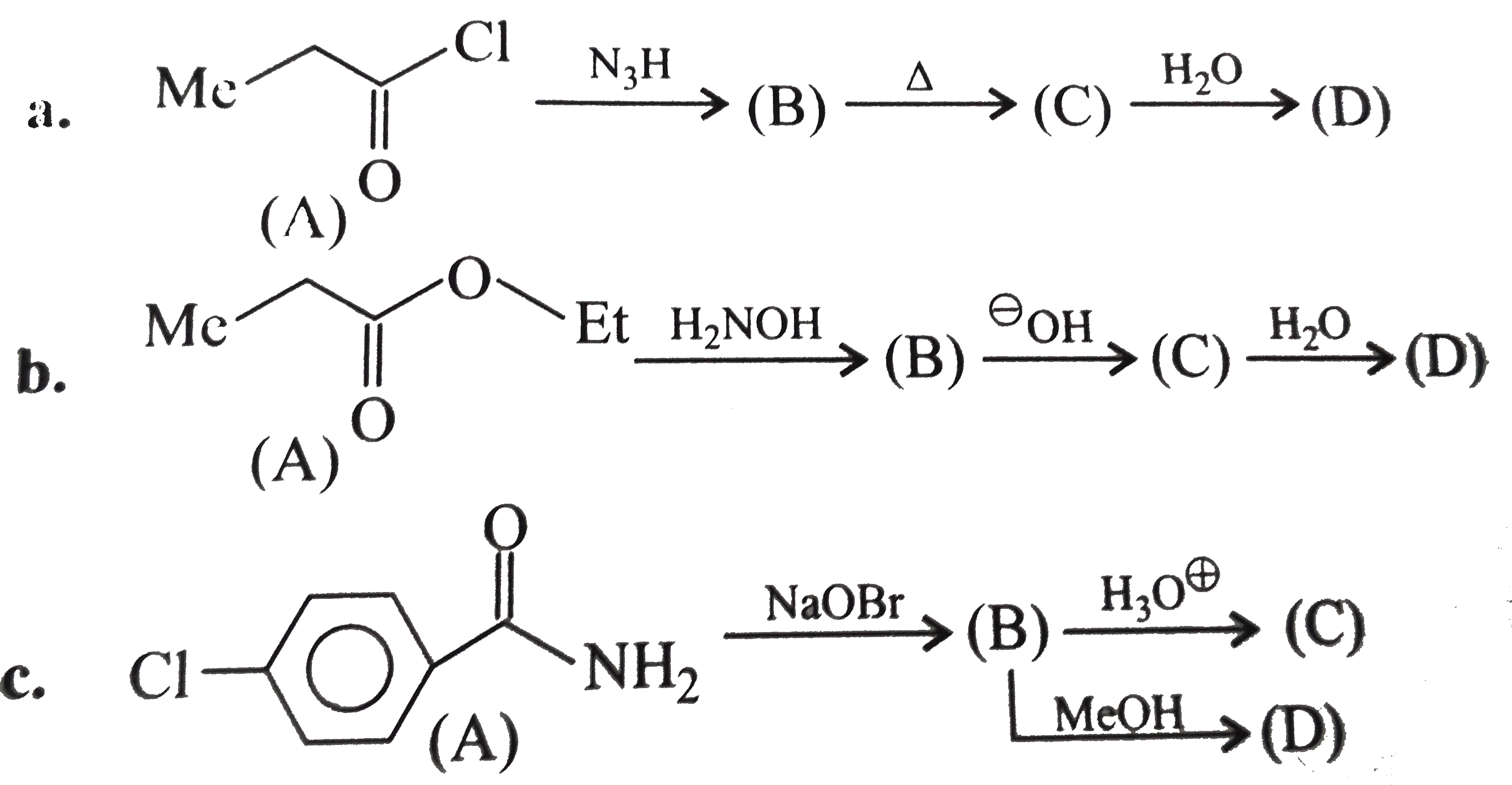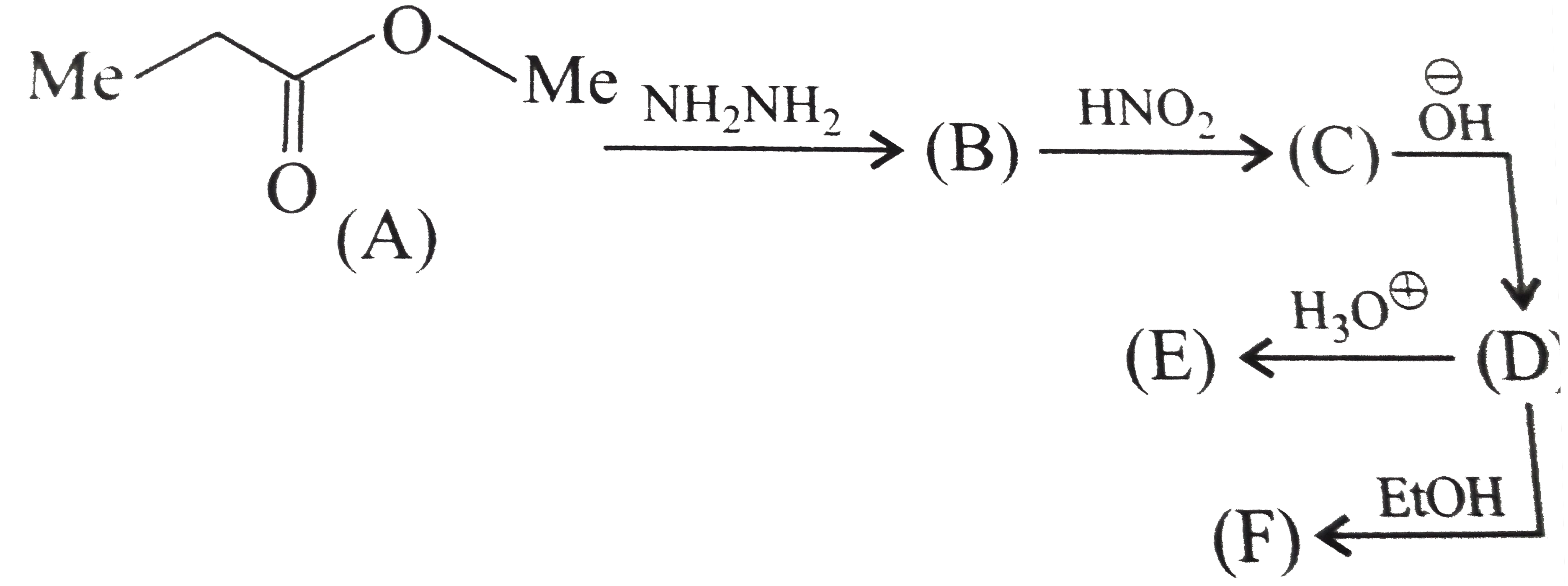Which one of the following scholars suggested the earths origin from gases and dust particles? a James Jeans b H. Alfven c F. Hoyle d O. Schmidt
d O. Schmidt in 1943 gave Inter-Slellar Dust Hypothesis for the origin of the earth and solar system.
Related Solutions
Give the electronic of the following a H^(o+) b. Li^(o+) c. F^(o+) d. N^(o+)
View Solutionवायु गैसों एवं धूलकणों का एक मिश्रण है।
View Solution(Associativity ) Let . Then prove that ( h o g) o f = h o ( g o f )
View SolutionBlue colour of the sky is due to
a. Adsorption of light by dust particles
b. Reflection of light by dust particles
c. Scattering of light by dust particles
d. Pressure of clouds which are a colloidal dispersion of water particles in airView SolutionBlue colour of the sky is due to a. Adsorption of light by dust particles b. Reflection of light by dust particles c. Scattering of light by dust particles d. Pressure of clouds which are a colloidal dispersion of water particles in air
View SolutionEquimoler solulition of HF, HCOOH and HCN at 298 K have the values of Ka as and respectively, what will be the order of their acidic strength ? (A)H F > H C N > H C O O H (B)H F > H C O O H > H C N (C)H C N > H F > H C O O H (D)H C O O H > H C N > H F
View SolutionComplete the following reaction :
(a)
(b)
( c)
(d)
( e)
(f)
(g) View Solution
View SolutionIf U= {a,b,c,d,e,f,g,h}, A= {b, d, f,h} and B] {a, d, e, h} , find the following sets. (B')'
View SolutionIf U= {a,b,c,d,e,f,g,h}, A= {b, d, f,h} and B] {a, d, e, h} , find the following sets. B'
View SolutionIf U = {a, b, c, d, e, f, g, h}, A = {b, d, f, h} and B = {a, d, e, h}, find the following sets.
B'View SolutionIf U = {a, b, c, d, e, f, g, h}, A = {b, d, f, h} and B = {a, d, e, h}, find the following sets.
(B')'View Solutionf and h are function from A B, where A = {a, b, c, d} and B = {s, t, u} defined as follows
f(a) = t, f (b) = s, f(c ) = s
f(d) = u, h(a) = s, h(b) = t
h(c ) = s, h(a) = u, h(d) = u
Which one of the following statement is true?View Solutionf and h are function from A B, where A = {a, b, c, d} and B = {s, t, u} defined as follows
f(a) = t, f (b) = s, f(c ) = s
f(d) = u, h(a) = s, h(b) = t
h(c ) = s, h(a) = u, h(d) = u
Which one of the following statement is true?View Solutionf and h are function from A B, where A = {a, b, c, d} and B = {s, t, u} defined as follows
f(a) = t, f (b) = s, f(c ) = s
f(d) = u, h(a) = s, h(b) = t
h(c ) = s, h(a) = u, h(d) = u
Which one of the following statement is true?View Solutionf and h are function from A B, where A = {a, b, c, d} and B = {s, t, u} defined as follows
f(a) = t, f (b) = s, f(c ) = s
f(d) = u, h(a) = s, h(b) = t
h(c ) = s, h(a) = u, h(d) = u
Which one of the following statement is true?View Solutionf and h are function from A B, where A = {a, b, c, d} and B = {s, t, u} defined as follows
f(a) = t, f (b) = s, f(c ) = s
f(d) = u, h(a) = s, h(b) = t
h(c ) = s, h(a) = u, h(d) = u
Which one of the following statement is true?View SolutionFrom a point in the interior of a , perpendiculars and are drawn to the sides and respectively. Prove that: (i) (ii)
View SolutionIf U = {a, b, c, d, e, f, g, h}, A = {b, d, f, h} and B = {a, d, e, h}, find the following sets.
View Solution, மற்றும் எனில் பின்வரும் கணங்களைக் காண்க ?
View SolutionIf U = {a, b, c, d, e, f, g, h}, A = {b, d, f, h} and B = {a, d, e, h}, find the following sets.
View Solution
